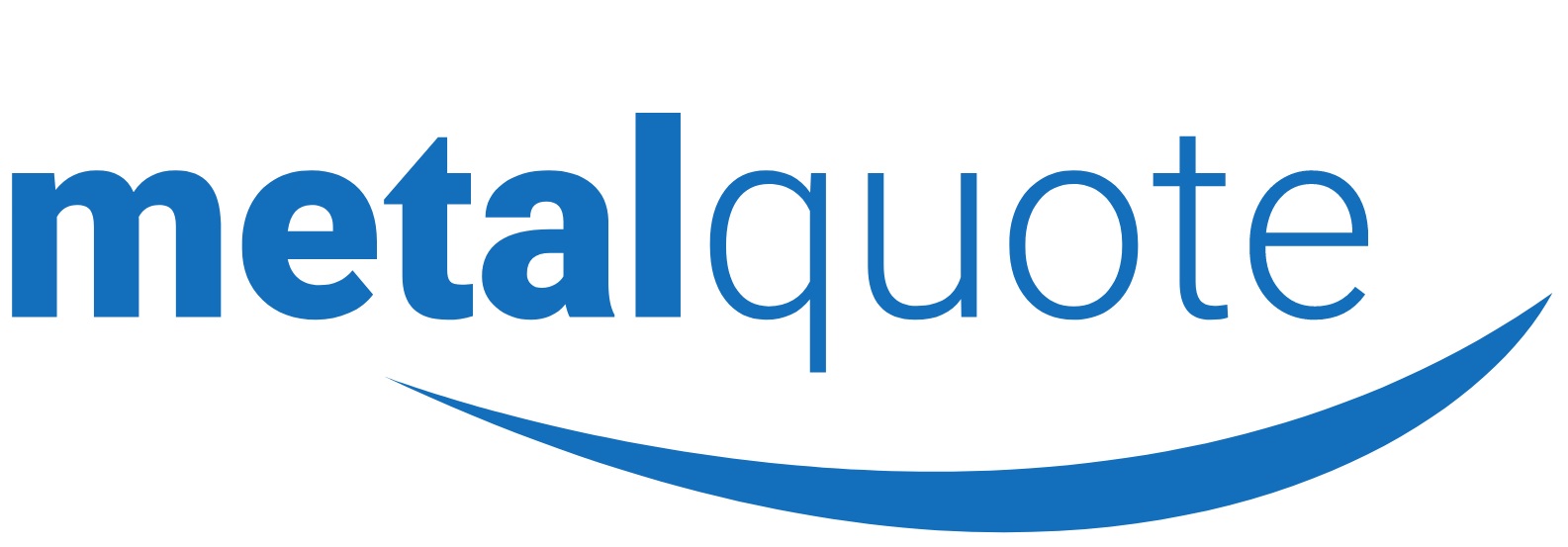LONDON, (Reuters) – It’s been three months since President Trump announced the imposition of 10 percent tariffs on U.S. imports of aluminium. It’s been three weeks since he removed temporary tariff exemptions on imports from key allies, including Canada, the largest supplier of aluminium to the United States. The winds of trade war are blowing ever harder. European Union counter-duties on U.S. goods kick in today. But the Trump Administration will take some comfort from the fact that the tariffs are achieving their stated aim, namely the revival of the country’s dormant aluminium production capacity. It’s going to be a slow process, literally stop-start in the case of Alcoa’s Warrick smelter in Indiana. And it’s not going to reverse years of shrinkage in the U.S. production base. Alcoa has also just announced the dismantling of a long idled potline at its Wenatchee plant in Washington. However, the needle on the dial has started moving in the direction of the Administration’s target of a national operating rate of 80 percent of capacity. The only problem is that this slow revival risks being overshadowed by a boom in exports from China, the country everyone other than the Trump Administration views as the core threat to the rest of the world’s aluminium sector.
The United States produced 785,000 tonnes of primary aluminium last year, with a little over 1.1 million tonnes of production capacity idled. Some of that latent capacity is now being restarted. Alcoa announced in July last year it was reactivating three lines with capacity of 161,400 tonnes per year at its Warrick smelter. The process was due to be completed this quarter but one line with capacity of 50,000 tonnes per year has been taken down again after a late-May power outage.
Aluminium smelting requires an uninterrupted flow of power to keep the metal in a molten state as it is purified. Unexpected outages can cause damage to the plant itself, which is why Alcoa moved quickly to close it. Two steps forward, one step back. As is also the case with Century Aluminum. It is refiring one 50,000-tonne per year line at its Hawesville smelter in Kentucky, the company told analysts on its Q1 results call. Another two lines with combined capacity of 100,000 tonnes per year are awaiting restart, with Century guiding towards full Hawesville capacity in the second half of next year. However, the company has just taken down one of three production lines at its Sebree smelter, also in Kentucky, after an “electrical failure”. It will take around three months to restore fully the line, although the loss to production should be less than 18,000 tonnes, it said. The only other primary aluminium player in the United States, the Swiss-owned Magnitude 7 Metals, said in March it intended to restart two lines at its New Madrid smelter in Missouri, with no update since then. Even if all this capacity returns, however, it won’t turn the dial back on the U.S. aluminium smelter clock. A reminder of how long the decline has been running came from Alcoa, which announced it will close one line “permanently” at its Wenatchee smelter The last time that particular line produced any aluminium was in 2001. The remaining three lines at Wenatchee are still idle.

